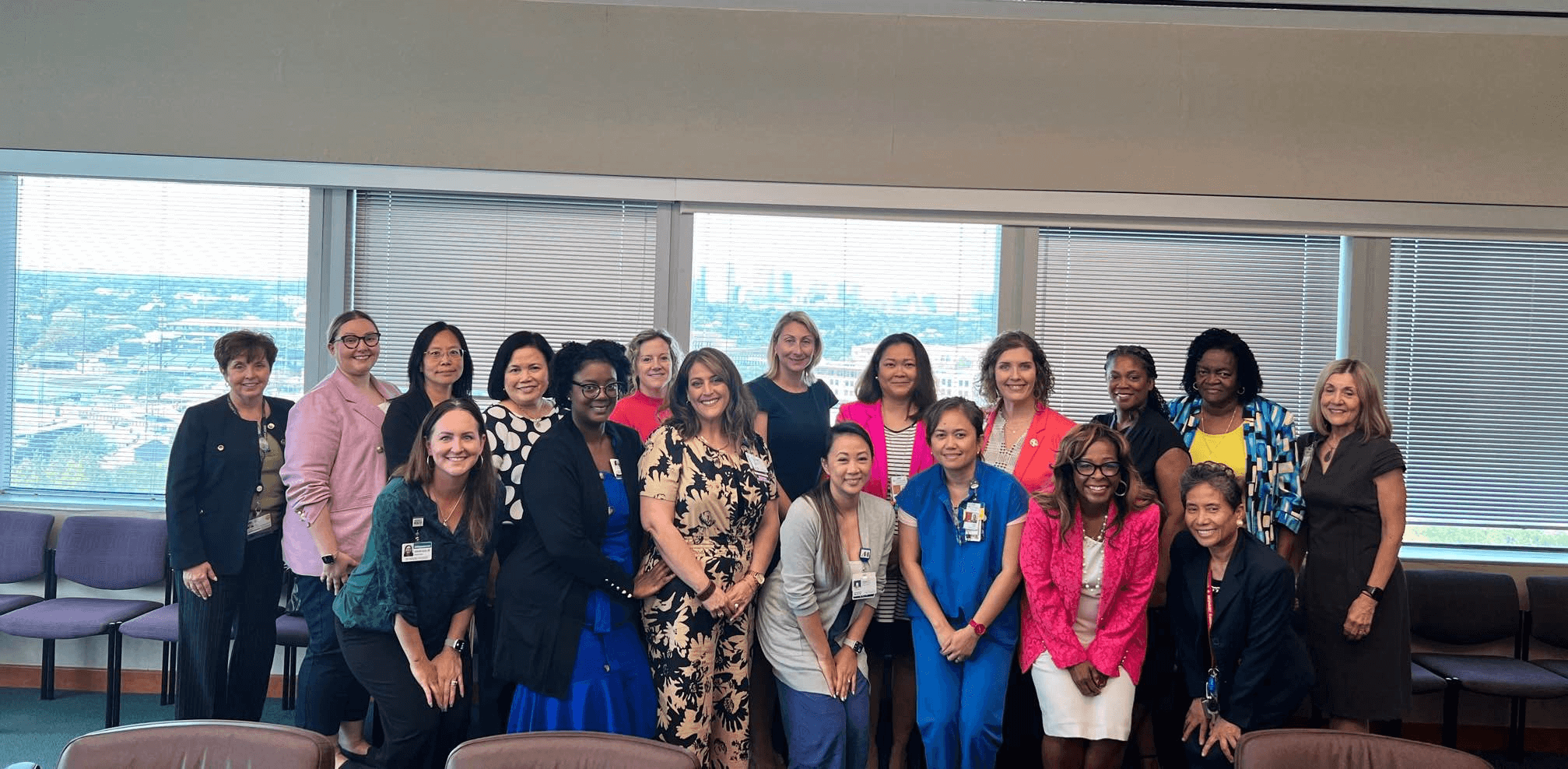
Approaches to Building Academic and Clinical Partnerships through DNP/Ph.D. Collaboration: Supporting the National Academy of Medicine Goals for the Future of Nursing 2020-2030
The National Academy of Medicine (NAM), an ad hoc committee under the National Academies of Sciences, Engineering, and Medicine authority, is an independent, evidence-based scientific advisor. NAM’s primary goal is to be a reputable resource concerning human health needs relating to science and health (NAM policy). During one of the most trying years for the nursing profession, 2020-2022, the Robert Woods Johnson Foundation, on behalf of NAM, funded a study investigating the importance of nurses addressing health equity within the United States (NAM, 2011). This report stated that strengthening the “capacity and expertise” of the nursing profession would lead to healthcare changes that would impact health equity and social determinants of health (SDOH).
So, what can you do as a doctoral-prepared nurse with little time and resources to benefit the communities you serve? Consider building meaningful academic-clinical partnerships to get the job done! An academic-clinical partnership is a professional networking connection between a healthcare organization and an academic university. Academic settings are the heartbeat of the transference of theory to practical clinical knowledge. Clinical settings provide opportunities for research and many researchers with various experiences.Ph.D./DNP collaborative efforts have improved patient, research, staff, and organizational outcomes (Dobrowolska et al., 2021). This post will share successful strategies for forming academic-clinical PhD/DNP partnerships.
Approaches to building an academic-clinical partnership:
- Start with a connection/conversation. Be bold and speak to someone you don’t know when attending meetings or conferences. Attendants of the meeting must have something in common: patient advocacy, professional goals, or research interests. Social networking platforms are one of the most valuable services today that assist with connecting to others via apps and websites.
- Student Affiliations/Clinical Affiliations. These agreements provide clinical learning opportunities essential to our future nurses’ success. In addition, the arrangements bring academic and clinical nursing together to establish a partnership. The clinical partner and the academic organization will conduct meetings and annual networking events. Leaders within academic and clinical institutions must develop a strong rapport that promotes collaborative projects. Reach out to the institution’s leadership to ask for those who may share interests in your area of expertise.
- Grand Rounds. Multidisciplinary grand rounds allow collaboration through disseminating scholarly medical information and innovative trends for improving patient outcomes (Matamoros et al., 2017). Nursing Grand Rounds will enable nurses to discuss nursing experiences, best practice ideas, and other concerns about improving patient outcomes. Often, clinical organizations will host visiting scholar grand rounds from well-published authors in their area of expertise. In this case, inviting external academic stakeholders to attend and leveraging virtual platforms is an excellent opportunity to build collaboration. If your institution only conducts Grand Rounds, that’s fine; share your experiences regarding patient care. Get names and contact information for those that share similar experiences.
- Accreditation standards. Nursing programs incorporate Interprofessional Education (IPE) into the curriculum to promote Interprofessional Collaboration (IPC). Interprofessional collaboration has substantially improved patient outcomes (Spaulding et al., 2021). Hospitals or clinical environments incorporate the American Nurses Credentialing Center (ANCC) accreditation requirements that consist of elements of academic partnerships, including organizational structures and community partnerships (Pappas et al., 2023).
- Leadership forums. Leadership forums are another great venue to meet PhDs and DNPs. The forums bring people together and facilitate interaction. Ensure you attend and participate in the forum to voice your interest in academic-clinical collaborative partnerships. The Association of Nurse Leaders (AONL) is one option to engage in the nursing leadership community.
- Professional Organization Memberships. When reflecting on the many challenges we have faced in the nursing profession over the last four years, I have reached outside the organization for resources for nurses in the organization for professional development and succession planning. Join special interest groups within a professional organization. Those within the particular interest group will share common concerns and interests.
Healthcare organizations and academic institutions should have ongoing touchpoints to identify areas of opportunity for both key stakeholders. Get involved in professional organizations and attend conferences. Seek out PhDs or DNPs with similar research interests. Building an effective academic-clinical collaborative partnership may be a daunting task. In this day and age, partnerships are critical across all areas of healthcare to meet strategic priorities, from collegial networking to meeting accreditation standards. Successful strategies for building an academic-clinical partnership have been provided for you in this post. Next post: What does the PhD/DNP collaboration look like?
References
Dobrowolska, B., Chruściel, P., Markiewicz, R. and Palese, A. (2021), The role of doctoral-educated nurses in the clinical setting: Findings from a scoping review. J Clin Nurs, 30: 2808-2821. https://doi.org/10.1111/jocn.15810
Matamoros, L., & Cook, M. (2017). A Nurse-Led Innovation in Education: Implementing a Collaborative Multidisciplinary Grand Rounds. Journal of Continuing Education in Nursing, 48(8), 353–357. https://doi.org/10.3928/00220124-20170712-06
National Academies of Sciences, Engineering, and Medicine (NAM). https://www.nationalacademies.org/our-work/the-future-of-nursing-2020-2030#:~:text=The%20ultimate%20goal%20is%20the,designed%20to%20work%20for%20everyone
National Academies of Sciences, Engineering, and Medicine (NAM). 2021. The future of nursing 2020–2030: Charting a path to achieve health equity. Washington, DC: The National Academies Press. https://doi.org/10.17226/25982
Pappas S, Lal MM. The future of Magnet®. J Nurs Adm. 2023 Oct 1;53(10S): S1-S2. https://doi.org/10.1097/nna.0000000000001321
Spaulding, E. M., Marvel, F. A., Jacob, E., Rahman, A., Hansen, B. R., Hanyok, L. A., … & Han, H. R. (2021). Interprofessional education and collaboration among healthcare students and professionals: a systematic review and call for action. Journal of Interprofessional Care, 35(4), 612-621. https://doi.org/10.1080/13561820.2019.1697214
Authorship
Sharisse A. Hebert, DNP, APRN, FNP-BC
Assistant Professor
Prairie View A&M College of Nursing DNP Program Coordinator
6436 Fannin St, Houston, TX 77030
Phone: (713) 797-7050
Email: sahebert@pvamu.edu
Amanda Garey, Ph.D., RN, NPDA-BC, EBP-C
Clinical Instructor | Independent Contractor ANCC
University of Texas Medical Branch School of Nursing
1100 Mechanic St, Galveston, TX 77550
Email: amgarey@utmb.edu

